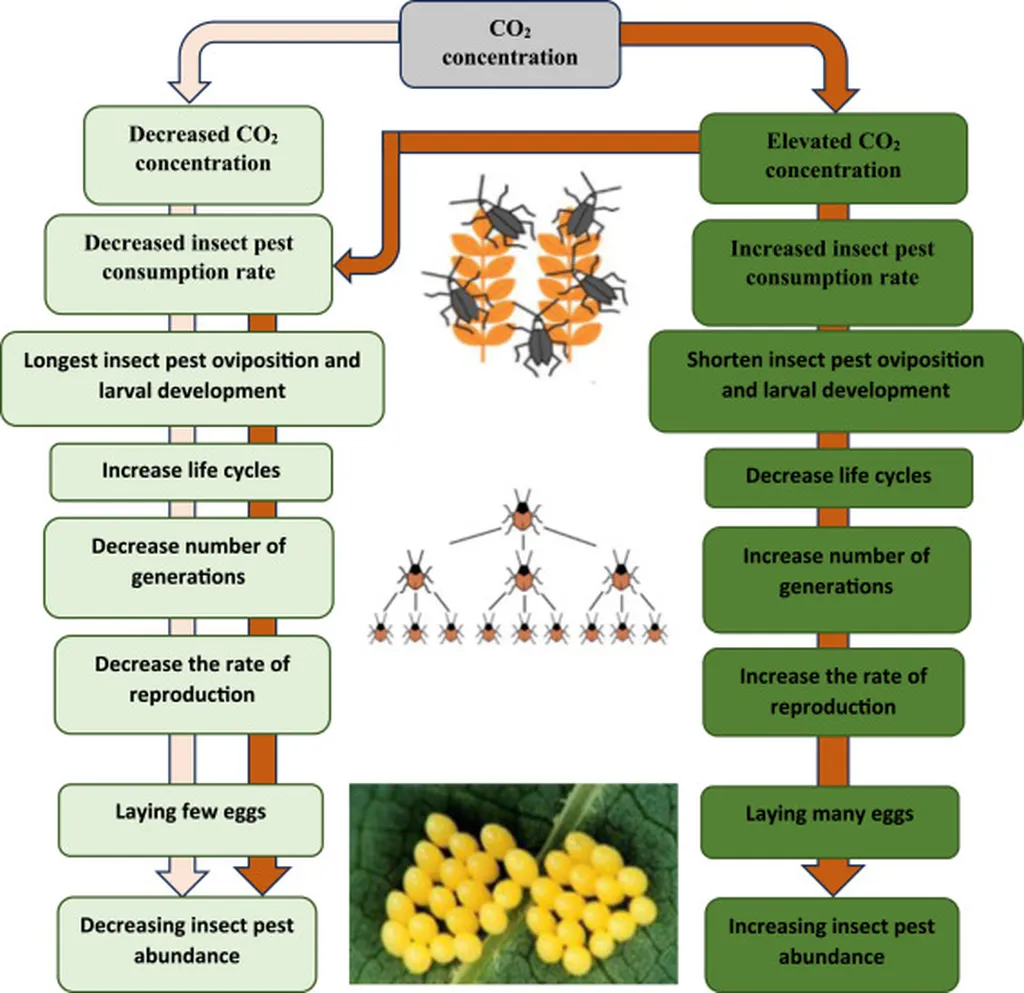In the world of agriculture, the cabbage looper, *Trichoplusia ni*, is a notorious pest that wreaks havoc on cruciferous crops like cabbage, cauliflower, and collard greens. The financial impact of this pest is substantial, making it a critical concern for farmers and agricultural scientists alike. A recent study published in *Scientific Reports* (translated to English as “Scientific Reports”) sheds new light on the genetic mechanisms behind the cabbage looper’s resistance to insecticides, particularly those that inhibit histone deacetylases (HDAC inhibitors). This research, led by Arsalan Ahmad from the Department of Entomology at the University of the Punjab, could pave the way for innovative pest control strategies.
The study focuses on the cytochrome P450 (CYP450) superfamily, a group of genes that play a crucial role in metabolic processes, including insecticide detoxification. By identifying and analyzing 19 CYP450 genes in *T. ni*, the researchers uncovered key genes that contribute to the pest’s resistance to HDAC inhibitors like sulforaphane and Trichostatin A. “Our findings reveal the importance of these genes in detoxifying chemical treatments, which is a significant step forward in understanding resistance mechanisms in the cabbage looper,” says Ahmad.
The research highlights that genes such as CYP4C1-1, CYP4C1-like-1, and CYP4C1-2 are particularly important in conferring resistance and detoxification under chemical stress. This insight could be a game-changer for the agricultural sector, as it provides potential targets for developing more effective pest control measures. “By understanding the genetic basis of resistance, we can develop strategies that are not only more effective but also more sustainable,” Ahmad explains.
The implications of this research extend beyond immediate pest control. As the agricultural industry faces increasing pressure to reduce chemical usage and adopt more sustainable practices, understanding the genetic mechanisms of resistance is crucial. This knowledge can help in the development of targeted pest control methods that are less harmful to the environment and more effective in the long run.
Moreover, the study’s findings could have broader applications in the energy sector, particularly in the development of biofuels. Cruciferous crops are not only important for food but also for their potential as biofuel feedstocks. By improving pest control measures, the agricultural industry can enhance the productivity and sustainability of these crops, making them more viable for biofuel production.
In conclusion, this research represents a significant advancement in our understanding of insecticide resistance in the cabbage looper. By identifying key genes involved in detoxification and resistance, the study provides a foundation for developing innovative and effective pest control strategies. As Arsalan Ahmad and his team continue to explore these genetic mechanisms, the agricultural and energy sectors can look forward to more sustainable and efficient solutions for managing pests and enhancing crop productivity.

